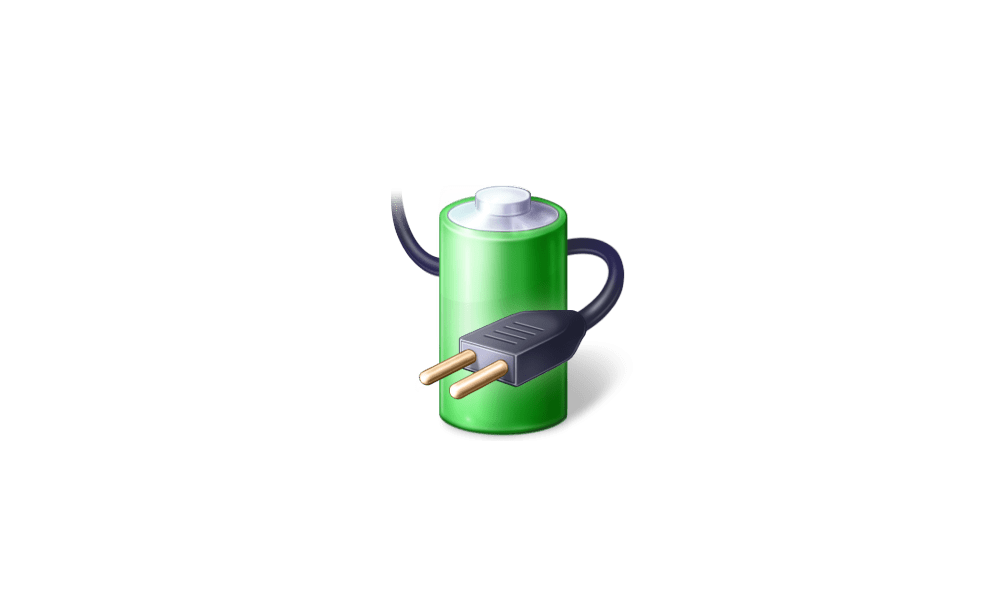This tutorial will show you how to choose a power plan to be the current active power scheme used by default for your account in Windows 11.
A power plan is a collection of hardware and system settings that manages how your computer uses power. Power plans can help you save energy, maximize system performance, or achieve a balance between the two. A power plan is also known as a power scheme.
Changes made to a power plan settings will affect all users that use the same power plan as their current active power plan.
Windows 11 includes the following power plans by default:
- Balanced = Offers full performance when you need it and saves power when you don't. This is the best power plan for most people. Allows you to change your Power Mode.
- Power saver = Saves power by reducing PC performance and screen brightness. If you're using a laptop, this plan can help you get the most from a single battery charge.
- High performance = Maximizes screen brightness and might increase PC performance. This plan uses a lot more energy, so your laptop battery won't last as long between charges.
- Ultimate Performance = Only available in the Windows 11 Pro for Workstations edition by default. Provides ultimate performance on higher end PCs. It builds on the current High-Performance policy, and goes a step further to eliminate micro-latencies associated with fine grained power management techniques. As the power scheme is geared towards reducing micro-latencies it may directly impact hardware; and consume more power than the default balanced plan. The Ultimate Performance power policy is currently not available on battery powered systems.
- Custom = These are custom power plans created by a user on the PC and/or included by your PC manufacturer (OEM).

Windows 11 devices that support Modern Standby will usually only have the Balanced power plan scheme available by default, and can only add custom power plans.
1 Open the Control Panel (icons view), and click/tap on the Power Options icon.
2 Select (dot) the power plan (ex: "Ultimate Performance") you want to use by default for your account. (see screenshot below)
3 You can now close the Control Panel if you like.

Powercfg command-line options
You can use the powercfg.exe tool to control power schemes (also named power plans) to use the available sleep states, to control the power states of individual devices, and to analyze the system for common energy-efficiency and battery-life problems.
learn.microsoft.com
1 Open Windows Terminal, and select either Windows PowerShell or Command Prompt.
2 Copy and paste
powercfg /list into the terminal, and press Enter. This will give you a list of all available power plans on the PC along with their GUID. Make note of the GUID of the power plan you want to choose. (see screenshot below)The power plan scheme that has an asterisk (*) to the right of it is your current active power plan scheme.
3 Type or copy and paste the command below you want to use into the terminal, and press Enter. (see screenshot below)
(Good for custom power plan)
powercfg /setactive GUID(Balanced)
powercfg /setactive 381b4222-f694-41f0-9685-ff5bb260df2e(High performance)
powercfg /setactive 8c5e7fda-e8bf-4a96-9a85-a6e23a8c635c(Power saver)
powercfg /setactive a1841308-3541-4fab-bc81-f71556f20b4a(Ultimate Performance)
powercfg /setactive e9a42b02-d5df-448d-aa00-03f14749eb61Substitute GUID in the command above with the actual GUID from step 2 above for the power plan you want to choose.
4 You can now close Windows Terminal if you like.
That's it,
Shawn Brink
Related Tutorials
- See Active Power Plan in Windows 11
- Change Power Plan Settings in Windows 11
- Restore Missing Power Plans in Windows 11
- Reset and Restore Power Plan Settings to Default in Windows 11
- Create Custom Power Plan in Windows 11
- Add or Remove "Choose Power Plan" context menu in Windows 11
- Change Power Mode in Windows 11
- Change Name of Power Plan in Windows 11
- Delete Power Plan in Windows 11
- Export and Import Power Plan in Windows 11
Last edited:

















